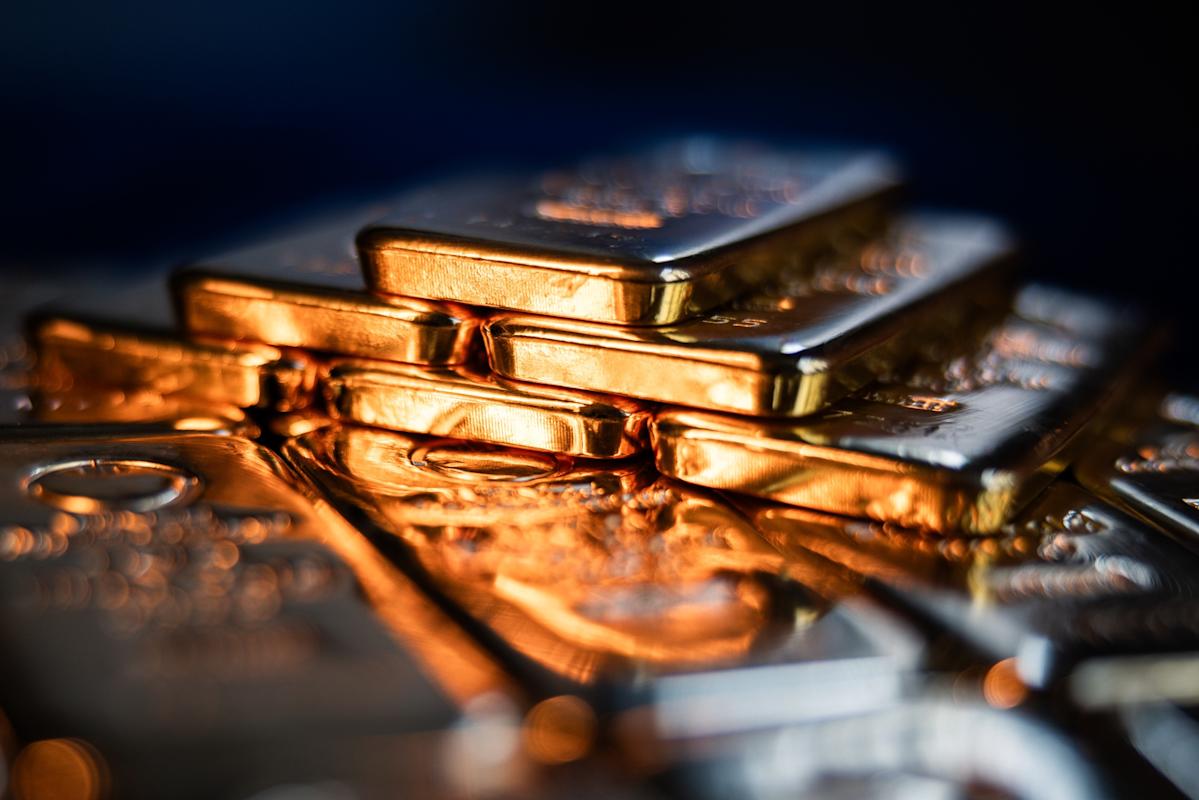Gold Drops Back Below $4,000 After China Ends Tax Incentive
The precious metal surged to a record high in early October, aided by a buying frenzy among retail investors around the world, before dropping sharply in the final two weeks of the month.
(Bloomberg) — Gold dropped below $4,000 an ounce after China ended a long-standing tax rebate for some retailers, a change that could hurt demand in one of the largest precious-metals markets.
Most Read from Bloomberg
Bullion fell as much as 1% in Asia on Monday. Beijing announced Saturday that it would no longer allow some retailers to offset a value-added tax when selling gold they bought from the Shanghai Gold Exchange and Shanghai Futures Exchange, whether sold directly or after processing.
The precious metal surged to a record high in early October, aided by a retail buying frenzy, before dropping sharply in the final two weeks of the month. Prices are still more than 50% higher year-to-date even after the pull-back, with many of the fundamentals that pushed it higher, including central-bank and haven demand, expected to remain in place.
“While Chinese gold demand has played little part in this year’s record bull market, the tax changes in gold’s heaviest consumer nation will dent global sentiment,” said Adrian Ash, director of research at BullionVault. “This news could prove very welcome to traders and investors hoping for a deeper correction after last month’s spike.”
Most fabricators in China had been deducting value-added tax on inputs when selling downstream to consumers. Under the new policy — which will stay in place until the end of 2027 — the tax incentive is reserved for members of Shanghai Gold Exchange and Shanghai Futures Exchange when they intend to sell gold as investment products. They include major banks, refineries and fabricators who can directly participate in trading.
For companies who can no longer enjoy this benefit, they can offset only 6% of the input value-added tax when selling gold to downstream entities, instead of offsetting 13% of cost as before. This will apply to all jewelry production and industry uses, as well as companies that produce investment products like bars and coins, and are not members of exchanges. The impact is still dependent on implementation.
Spot gold fell 0.5% to $3,984.43 an ounce as of 9:10 a.m. in Singapore after dropping 2.7% last week. The Bloomberg Dollar Spot Index was little changed. Silver and palladium fell, while platinum edged higher.



Leave a Comment
Your email address will not be published. Required fields are marked *